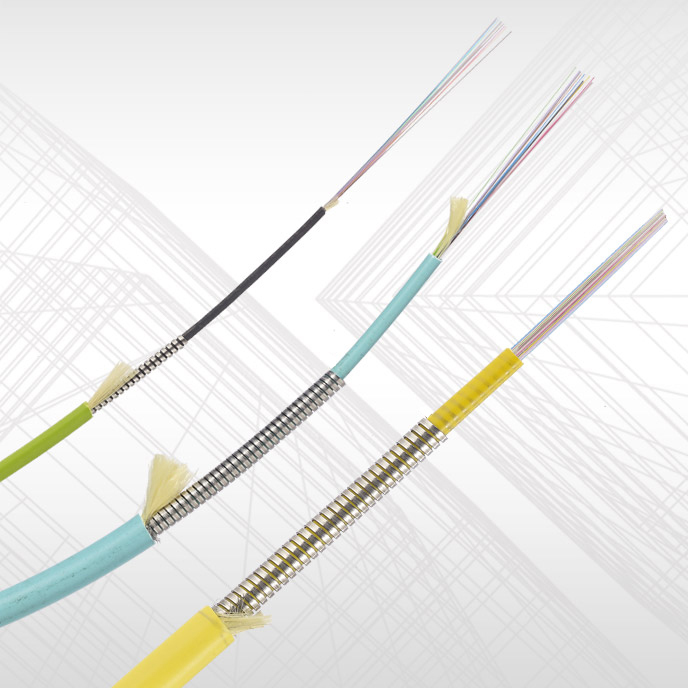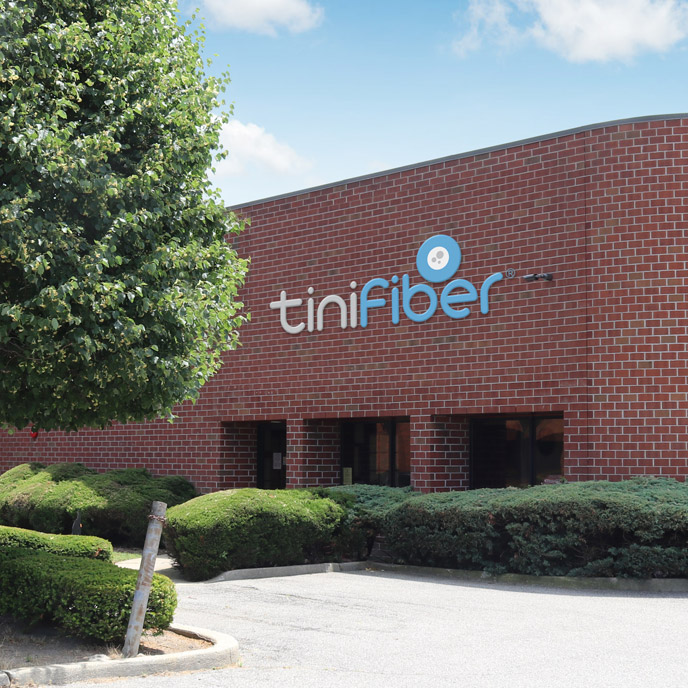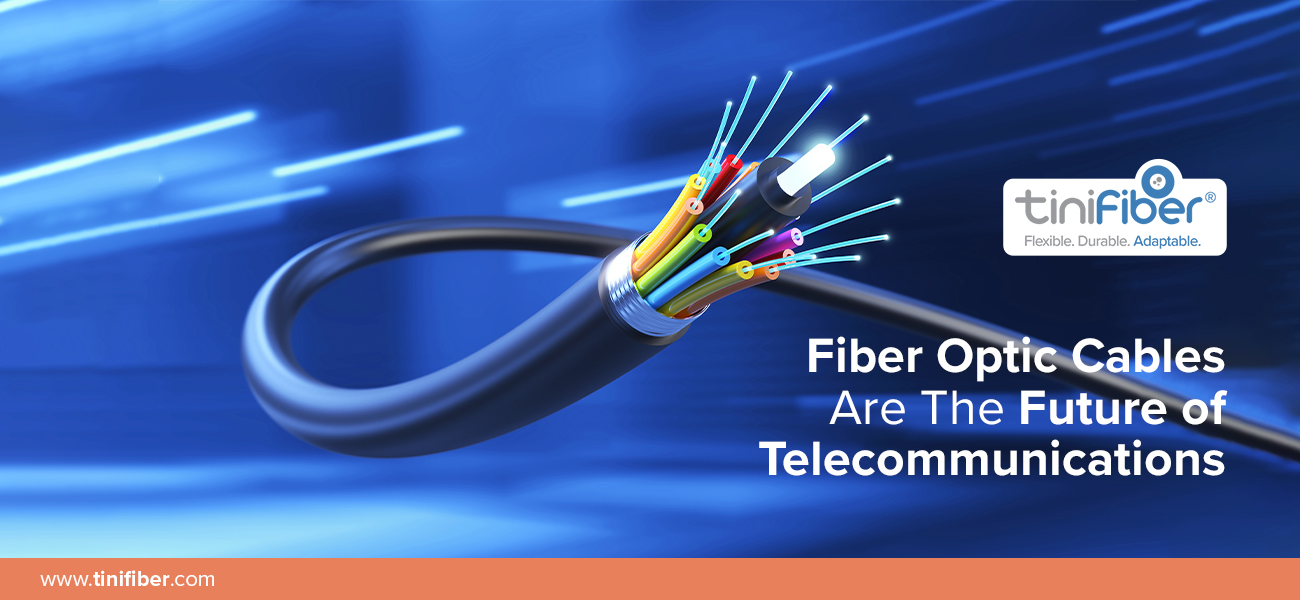Did you know that information can travel at the speed of light?
The speed of human information has made exponential leaps and bounds over the last 100 years. Starting from mail carriers on horses to morse code being sent via hardwire lines, to now Fiber Optic Cables that are able to send every kind of digital asset imaginable. We can now access and transfer our information between each other faster than ever before.
A fiber optic cable uses light to transmit data. Since light is the fastest object in the universe, that means we now communicate at lightspeed.
Join us as we discuss why fiber optic technology is the future of telecommunications.
How Does Fiber Optic Technology Work?
Fiber optics work by transmitting light through strands of glass, insulated in a cable. These glass strands contain light (data) that is sent from one source to a specified destination. When the light (data) reaches the destination, the recipient device can translate the light patterns into readable data.
Optical fibers present very little resistance for the light to move. That means information travels much faster than down an electric cable. That’s the reason our intercontinental cables are fiber optic versus any other cable type.
Not only is fiber optic cable technology faster, but it’s also more reliable. The previous generation of internet cables suffered from crosstalk, which can degrade their transmission quality. Competing electromagnetic signals mean that the copper cables need shielding.
Over long distances, this results in data would at many times become scrambled. This is not the case with fiber optic cables. Fiber optic cables have the ability to retain high amounts of data integrity over long distances.
Fiber optic technology can go as far as you need it to. It’s an excellent solution for providing rural towns with high-speed internet that are far from the grid. As effective as it is for rural places, it is just as effective for connecting entire continents to high-speed internet.
Even at these long distances, information travels fast. It only takes a few milliseconds for the signal to reach the other side of the globe. Factor in the time it takes a server to process a request, and you still have lightning-quick transmission.
Furthermore, fiber optic cables have extremely high bandwidth for data transfer. The theoretical limit of fiber optic transmission is higher than we are capable of filling. For example, subsea cables can carry an entire continent’s worth of data.
The Fiber Optic Future
This fiber optic innovation means that we get faster speeds, over greater distances, and better bandwidth. That translates into a rapid increase in communication and data transfer between people and devices like never before.
First, the speed of data transmission facilitates global cooperation. Stock markets, businesses, and travel coordination becomes easier than ever. Individuals can contact associates or access information almost instantly.
Second, it protects the environment. Copper extraction is a costly process. It depletes the Earth’s finite resources and pollutes the environment in the process.
Fiber optic cables use glass. We can produce as much glass as we need since silica is an abundant resource. That means fiber cable manufacturing provides a more sustainable future.
Copper wire has a limit to how far it can transmit data. That means more copper wire just to make sure a signal gets through. Fiber optic wire can reach as far as we need it to.
Furthermore, energy costs associated with fiber optic cables aren’t significantly higher. Fiber optic cables use the same amount of power whether transmitting 1 gigabyte or 100.
Using a fiber optic cable is more secure. There are methods to extract data from a standard copper cable whereas fiber optic cables do not present the same vulnerability.
That means less risk of data interception. Add on military-grade encryption, and data will always arrive safe and sound at its destination.
Fiber Optic Cable Durability
Since fiber optic cables can transmit over long distances, durability is paramount. An armored fiber optic cable is necessary to make sure data reaches its destination in its complete form. The following are just a few of the types of armored fiber cable.
- Innerduct (Outer casing built separately from the Fiber Optic Cable)
- AIA fiber optic cable, or aluminum interlock armor
- Stainless Steel Micro armor fiber optic cable
A cable is only as good as its manufacturer. Finding the right supplier of armored fiber optic cables can make all the difference with your purchase. Buying cheaply will only result in poor-quality cables that can’t stand the test of time as well as increased labor costs.
Benefits of Armored Cable
Fiber Optic Cables need to endure untold levels of abuse. They need to resist the elements, sun damage and heat, and extreme pressure. Whether it is a micro armor fiber cable or aluminum interlock armor cable that is used; the reality is that the installer of these cables cannot afford a failure in data transmission due to damage done to the fiber optic cable.
Due to this, it’s important to install the right cable for the right application. An indoor cable won’t withstand heat or moisture from the outside. You need outdoor-rated cables that you can subject to long-term abuse.
In some applications, the cable needs to resist crushing. The pressure from roadways or sediment can weigh heavily on the crucial glass strands inside.
A stainless steel micro armor is capable of withstanding this pressure. Stainless steel encircles delicate glass fibers. The patented technology distributes pressure to avoid crushing and provides exceptional protection.
In many cases, a thick cable like aluminum interlocking armor just doesn’t work due to lack of flexibility, not being crush-proof, and increased labor costs due to its weight and size. Ultimately, a micro armor fiber optic cable is an all-around perfect option for applications with limited cable clearance and needed protection from external factors. A stainless steel micro armor cable gives you unrivaled protection and useability, with a fraction of the footprint.
It’s important to speak with a fiber optic specialist at TiniFiber versus all other fiber optic cable providers; since they will only be able to offer lesser options; not being able to advise you on the types of fiber optic cabling you really need for your business in fear of losing their own business.
Aluminum Interlock Armor vs. Stainless Steel Micro Armor Cable
Some cables prove very difficult to install, are less durable, and are less reliable, aluminum interlock armor is a prime example of this. It’s 75% larger and 65% heavier than the competing stainless steel micro armor cable patented and manufactured by TiniFiber.
A stainless steel micro armor cable provides superior strength, water resistance, and pressure resistance. It lasts longer and doesn’t cost as much to install. It has the rugged durability to suit all applications from aerospace to server administration to large-scale telecommunications.
Find the Right Fiber Optics for Your Application
Fiber optic technology is the future of telecommunications. It provides the fastest speeds, long-distance data transmission, and high bandwidth. Fiber optic technology promises an advanced, sustainable future.
Buying cables in bulk from a mystery international vendor is risky. Having to rip out bad cables could prove costly with the cost of labor.
TiniFiber is the leader in armored fiber optic cable, which can resist anything you throw at it. Learn more about how these cables can protect your precious data.













